A vortex flow meter works based on the principle of ‘Karman vortex street’ demonstrated in the below figure.
This principle essentially means that when an obstruction is placed in the path of a flow, it can produce a series of vortices alternating from each side of the obstruction.
The frequency of alternating of these vortices is proportional to the flow rate being obstructed.
Vortex Flowmeter

The vortex-type flow meter uses a small rod called a ‘shredder bar’ or ‘bluff bar’ to shred vortices and these vortices produced are directly proportional to the flow rate. These vortices can be measured using a pressure sensor and it calculates a proportional flow rate.
In some applications, different types of sensors may be used in place of pressure sensors.
If you liked this article, then please subscribe to our YouTube Channel for Instrumentation, Electrical, PLC, and SCADA video tutorials.
You can also follow us on Facebook and Twitter to receive daily updates.
Read Next:
- Calibration of Vortex Flow Meter
- Swirl Flow Meters Principle
- Transit Time Flow Meter
- Nutating Disc Flow Meter
- Open Channel Flow Meters
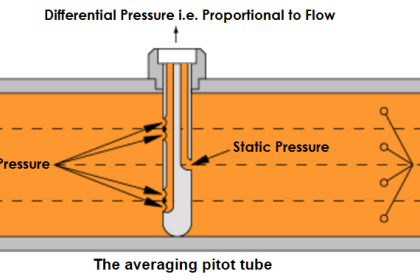

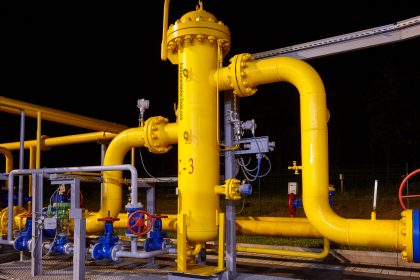
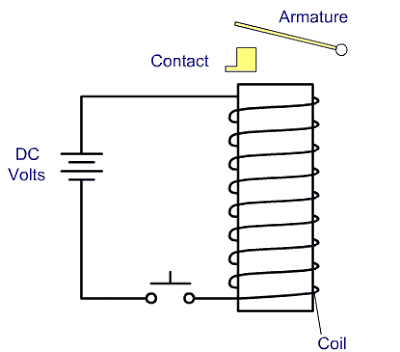
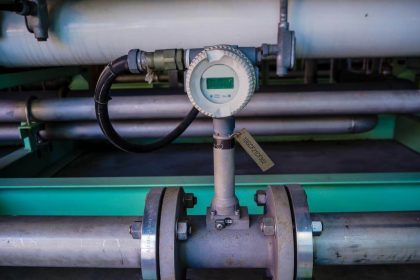
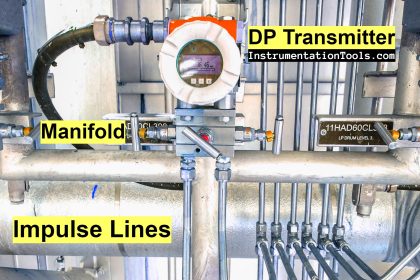
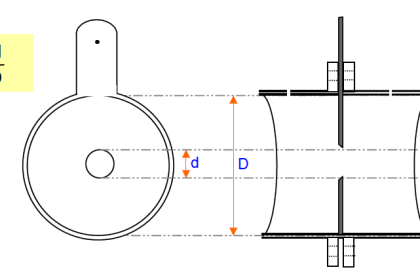
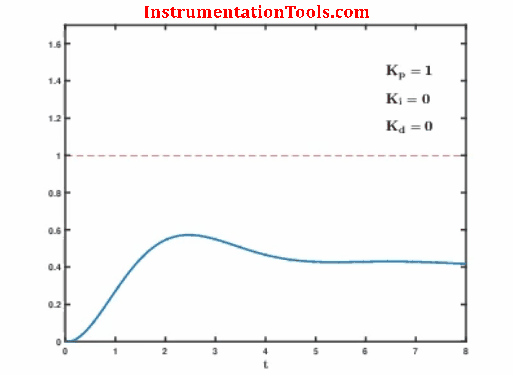
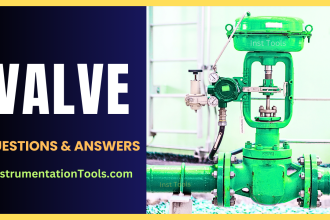
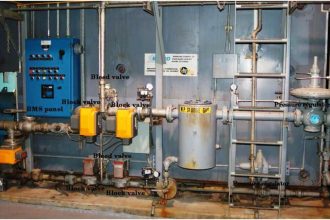
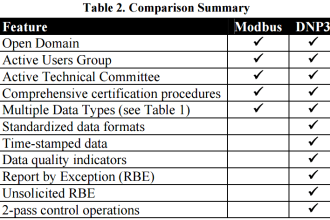

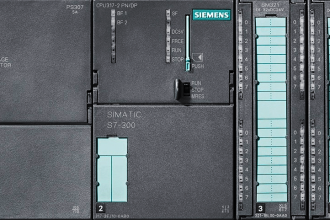
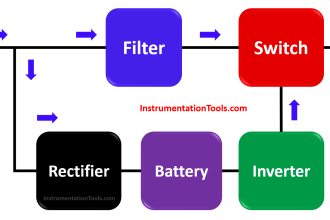
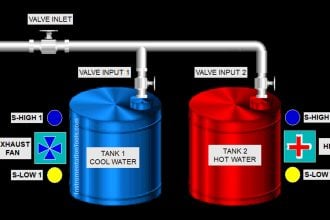
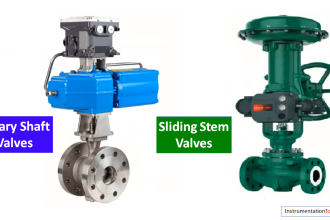

Nice application
great animation to demostrate us how vortex shedding flow meter is working.